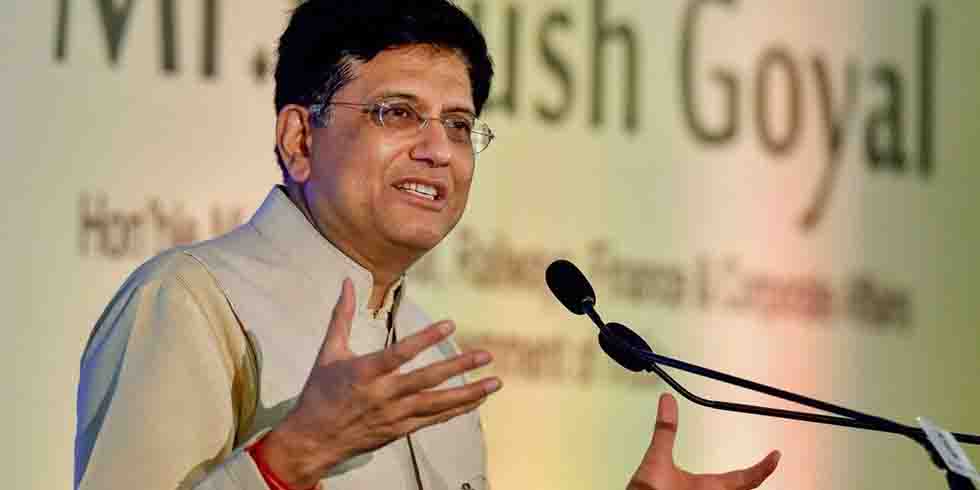The New Year 2016 is set to be a landmark in the annuls of urban development in the country with the announcement of first batch of 20 Smart Cities early next month besides the new initiatives of the Union Government under new urban missions launched this year taking effect.
Evaluation of Smart City Plans of 97 cities in the second stage of ‘City Challenge’ competition is already in progress and the results will be announced shortly marking a high point in promoting competition among cities for resource allocation, the first of its kind.
The Government has reset the parameters for urban planning in the year 2015 and has approved an investment of about Rs.42,000 cr in 2015 for developing basic urban infrastructure and for affordable housing alone. This includes Rs.19,170 cr for improving infrastructure relating to water supply, sewerage networks, storm water drains, urban transport and open spaces in 474 cities in 18 states under Atal Mission for Rejuvenation and Urban Transformation (AMRUT), launched in June this year.
Under another flagship programme of Prime Minister’s Awas Yojana (Urban), an investment of over Rs.22,000 cr has been approved in 2015 for construction of 4.25 lakh houses for Economically Weaker Sections (EWS) in 227 cities in 11 states.
In the pursuit of enabling urban areas as more effective engines of high rate of economic growth besides making them more livable, the Government has put an end to ad-hocism in urban planning and resource allocation under new urban sector initiatives.
Under AMRUT, a detailed infrastructure gap analysis has been made mandatory for formulating Service Level Improvement Plans (SLIP) for each of the mission cities for allocation of central assistance from out of the five year kitty of Rs.50,000 cr. Unlike in the past, urban local bodies and state governments have been empowered to appraise and approve projects with the Ministry of Urban Development completely withdrawing from the same.
Both the urban ministries have selected cities for allocation of central assistance based on objective criteria of total urban population and number of statutory urban local bodies besides urban poor in each state ending discretion and subjectivity, under new urban missions.
A new beginning has also been made towards ‘bottom up’ urban planning with mandatory consultations with citizens and other stakeholders in identification of projects and formulation of development plans under new urban missions.
While improvement of basic urban infrastructure is the objective of Atal Mission, Smart City Mission adopts ‘area based development’ for enhancing quality of living by addressing core infrastructure deficit and adoption of smart solutions.
As against only Rs.38,000 cr provided as Central Assistance to states and urban local bodies under 10 years of JNNURM, the Government has committed itself to assist states to the tune of about Rs.4 lakh cr under AMRUT, Smart City Mission and for construction of 2 crore houses for urban poor under PMAY(Urban).
UD Ministry to announce 20 Smart Cities early January to mark the high point of new urban sector initiatives










Add Comment